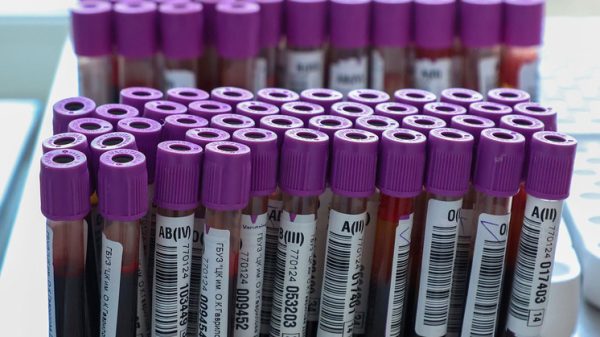The Oxford University/AstraZeneca vaccine is coming under increasing scrutiny, with critics questioning the claim that trials showed it could protect up to 90% of people against coronavirus.
On Thursday Sir John Bell, Oxford’s regius professor of medicine and the UK government’s life sciences adviser, dismissed suggestions the trial had not been properly set up or reported. “We weren’t cooking this up as we went along,” he said, adding that he hoped the full, peer-reviewed data would be published in the Lancet medical journal at the weekend.
In spite of the public excitement generated by the announcement that a third vaccine had been successful – with particular promise for developing countries as it is relatively cheap and can be stored at fridge temperature – AstraZeneca’s share price dropped.
One analyst in the US wrote in an investor note that “we believe that this product will never be licensed in the US” and alleged the company had tried to “embellish” the results.
It comes after the headline figure for the vaccine’s overall efficacy was put at 70% – as announced by the company on Monday and discussed in a press briefing by the Oxford researchers. But a sub-set of fewer than 3,000 people in the UK was given a lower dose regime – originally by accident — where the efficacy rose to 90%. In most trial volunteers in Brazil and the UK, it was 62%.
Sir Mene Pangalos, AstraZeneca’s head of biopharmaceuticals R&D, has confirmed that the low-dose trial included nobody over the age of 55. This led to concerns that younger age may have been a factor – particularly relevant given that the vulnerable elderly are most at risk from Covid-19.
Researchers had no explanation for the 90% result in people given a half dose followed by a whole dose of the vaccine, instead of two whole doses in other arms of the trial. Critics claimed the trials did not include enough ethnic diversity, gender and age balance to satisfy the US regulator, the Food and Drug Administration.
Defending the vaccine trials, Bell told a symposium run by the Faculty of Pharmaceutical Medicine: “[The] MHRA [Medicines and Healthcare Products Regulatory Authority] knew perfectly well what we were doing. They approved all the protocols.”
It had been widely accepted before any of the vaccine trials reported results that 60% efficacy would be enough for a licence and would be useful, he said. “We are well in excess of that. I can’t imagine any reason why regulators won’t accept that.”
America had not yet seen the full data, he said, which he hoped would be published in the Lancet at the weekend. “I think when they see the data, it will be a great deal easier to have these conversations.”
Scientists at Oxford and the company admitted they were surprised by the finding that a lower dosing regime got better results. Pangalos called it serendipity.
“It could be that by giving a small amount of the vaccine to start with and following up with a big amount, that’s a better way of kicking the immune system into action and giving us the strongest immune response and the most effective immune response,” said Prof Sarah Gilbert, who led the vaccine research at Oxford.
UK experts also expressed concerns. Peter Openshaw, professor of experimental medicine at Imperial College London, said more data would need to be collected if the low dose arm of the trial included only under-55s.
“If this is true, it may mean we don’t have any information about this regimen in older adults,” he said. “We have to wait for the full data and to see how the regulators view the results of the phase 3 trials. The US and European regulators might possibly take a different view. All we have to go on is a limited data release.”
It was possible, he said, that the protection from the Oxford/AstraZeneca vaccine might be less than that from the Pfizer/BioNTech and Moderna vaccines, which both claimed 95% efficacy and were developed with a different technology based on RNA, “but we need to wait and see”.
Paul Hunter, professor in medicine at the University of East Anglia and an adviser on methodology to the World Health Organization, said he was always wary of sub-group analyses in trials.
“Most of the time when you get these incredibly good results in a sub-group analysis, you have to be incredibly careful about believing them,” he told the Guardian. There could be something about the smaller group that was not true of the larger group.
He was also worried by the suggestion the sub-group had nobody over 55. “I’m not saying this isn’t going to be a fantastic vaccine at the end of the day, but we need a lot better understanding of the data,” he said.
An AstraZeneca spokesperson said an independent data safety monitoring board ensures the safety and quality of the trials. “The studies were conducted to the highest standards,” it said in a statement. “More data will continue to accumulate and additional analysis will be conducted refining the efficacy reading and establishing the duration of protection.”
A major trial of the vaccine in the US run by AstraZeneca alone, which has not yet reported results, uses the two full doses regime. The company is now in discussions about altering it to incorporate the half dose/full dose regime.























































Свежие комментарии